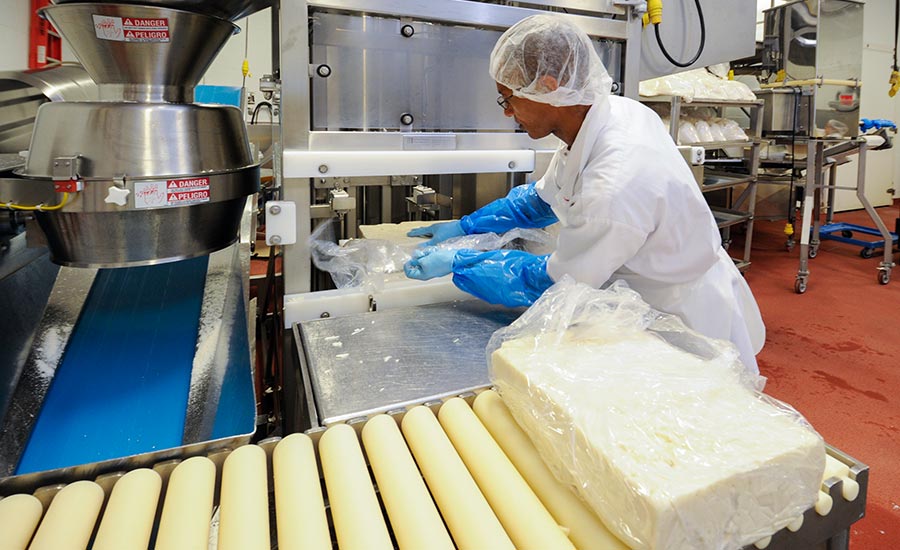Why Floridia Cheese Thomastown Is a Treasure in Melbourne Made Cheese
Why Floridia Cheese Thomastown Is a Treasure in Melbourne Made Cheese
Blog Article
Opening the Keys of Artisanal Cheese Making: A Detailed Do It Yourself Guide
In the realm of cooking workmanship, artisanal cheese making stands as a testament to the fragile balance in between custom and advancement. Each action in the process, from selecting the right milk to perfecting aging strategies, holds within it a wealth of expertise passed down through generations. As we start this trip to debunk the art of producing beautiful cheeses, we are confronted with a tapestry of keys and abilities waiting to be unwinded. Join us as we check out the details of this ancient craft, where science, art, and perseverance merge to produce flavors that tantalize the detects.
Selecting the Right Milk
When starting the journey of artisanal cheese production, the option of milk plays an important function in figuring out the high quality and features of the final item. The type of milk picked affects the taste, structure, and on the whole account of the cheese. Raw milk, straight from the pet, is chosen by several artisanal cheesemakers due to its distinct blend of enzymes, bacteria, and flavor compounds. However, utilizing raw milk comes with regulations and dangers, making pasteurized milk a much safer choice for beginners.
When choosing milk for cheese production, it is very important to consider the fat web content. Greater fat content in milk can result in a creamier and richer cheese, while reduced fat content might bring about a drier and firmer appearance. Furthermore, the source of the milk, whether from cows, goats, sheep, or buffalo, adds unique tastes and qualities to celebrity (Floridia Cheese). Each kind of milk brings its very own subtleties, enabling a vast array of cheese ranges to be crafted based on the picked milk. Eventually, the option of milk is a basic decision that sets the foundation for a successful artisanal cheese-making undertaking.
Culturing and Coagulating
To initiate the cheese-making process, the essential actions of culturing and coagulating must be thoroughly implemented to change milk into curds and whey. Culturing involves introducing beneficial bacteria to the milk, which then begins the fermentation process. These germs convert lactose (milk sugar) right into lactic acid, producing the acidic atmosphere essential for coagulation. The kind of society made use of can considerably influence the flavor, structure, and ripening of the last cheese product.

The timing and temperature level control during culturing and coagulation are critical factors that affect the final outcome of celebrity. Appropriate execution of these actions is important to guarantee the preferred structure, taste, and consistency of the artisanal cheese being generated.
Draining and Pushing Curds
After the milk proteins have coagulated and the curds have been cut to release whey, the following important action in artisanal cheese making includes draining and pressing the curds to achieve the desired structure and uniformity of the last cheese product. Draining is the procedure of dividing the curds from the whey. This can be done by transferring the curds into a cheesecloth-lined bowl-shaped sieve or mold and mildew and permitting the whey to drain off normally. The time for draining can differ depending on the kind of cheese being made and the desired dampness web content.
Once the curds have actually adequately drained pipes, the following action is pressing. Pressing assists remove any type of staying whey and compacts the curds to create a strong cheese wheel. Pushing can be done making use of specialized cheese presses that apply mild go to these guys and consistent pressure over an amount of time. The duration and stress used throughout pressing will certainly influence the last structure of celebrity, from soft and velvety to difficult and company. Correct pressing and draining are vital steps that significantly influence the high quality and attributes of the artisanal cheese being created.
Aging and Flavoring Strategies
Executing precise aging and flavor strategies is critical in enhancing the deepness and complexity of artisanal cheeses, elevating their preference profiles to beautiful levels of improvement and refinement. Aging plays an essential duty in developing the special tastes and textures that differentiate artisanal cheeses.
Seasoning strategies also add significantly to the final taste of artisanal cheeses. Cheesemakers might select to introduce added flavors by integrating components such as herbs, flavors, or also fruits right into celebrity throughout the manufacturing procedure. In addition, some review cheeses are washed or massaged with different liquids, such as brine or alcohol, to boost their flavors and structures.
Covering and Storing Cheeses

Final Thought
To conclude, grasping the art of artisanal cheese making entails meticulously picking the appropriate milk, complying with accurate culturing and coagulating processes, draining and pushing curds effectively, and using various aging and flavoring methods. By complying with these actions vigilantly and with interest to detail, you can develop your very own delicious and unique cheeses in the house. Remember to cover and keep your cheeses correctly to ensure ideal taste and texture development. Satisfied cheese making!
Each kind of milk brings its own subtleties, allowing for a vast array of cheese selections to be why not look here crafted based on the selected milk.After the milk proteins have actually coagulated and the curds have actually been reduced to launch whey, the next critical step in artisanal cheese making includes draining and pushing the curds to accomplish the preferred texture and uniformity of the last cheese item. Most cheeses must be covered in wax paper or cheese paper to permit them to take a breath while protecting them from drying out. For cheeses that require to continue aging, such as bloomy peels or washed peels, ensure they are stored in a cool environment like a cheese cave or a refrigerator established to the appropriate temperature. By paying attention to the covering and storage space of artisanal cheeses, cheese manufacturers and fanatics can maintain the integrity of these specials and fully enjoy their complex flavors.
Report this page